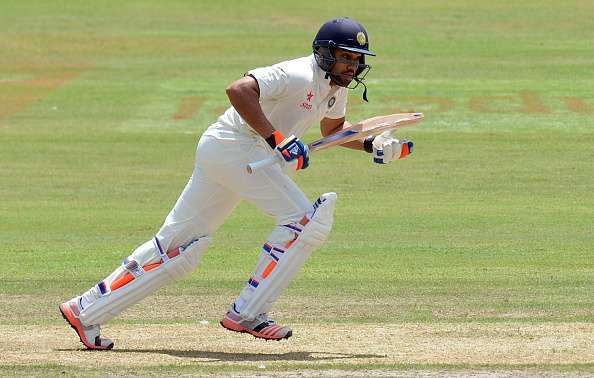
Why the New Zealand series could be a do-or-die one for Rohit Sharma
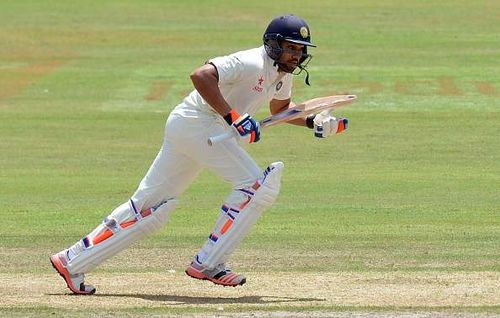
The curious case of Rohit Sharma makes for an interesting study. One of India's best limited over batsmen, the talented Mumbaikar has failed to match his limited overs performance in Test matches.
Such is his talent that the selectors have persisted with him despite mediocre performances.
But how long a rope are they going to give him?
Rohit Sharma - the ODI giant
It is interesting to note that Rohit Sharma was a slow starter even in one day internationals and similar criticism was levied at him in the beginning stage of his one day career. He looked like a domestic giant found wanting at the big stage.
In his first three years in one-day international cricket he averaged 20.33, 25.33 and 25.50 with no hundreds and a highest of 70*.
The average and drought of hundreds turned better the following year, 2010, where he averaged a decent 38.76 with two hundreds. The next year seemed to be a turning point as he notched up three hundreds at an average above 50. But in 2012, those numbers dropped drastically to a tailender-like average of 12.
Since then, he has been in stellar form and scored two double hundreds in ODIs. So there is the argument that his Test records might significantly improve given the time. But, isn't it a little too long to wait? He was given a chance in ODIs, but that was in his early 20s. Now he is 30 and a long rope at this stage, for an experienced player, seems a bit too far fetched.
Let us take a detailed walk through his Test career so far and you might see the reason why the selectors might consider him a limited overs specialist in the near future.
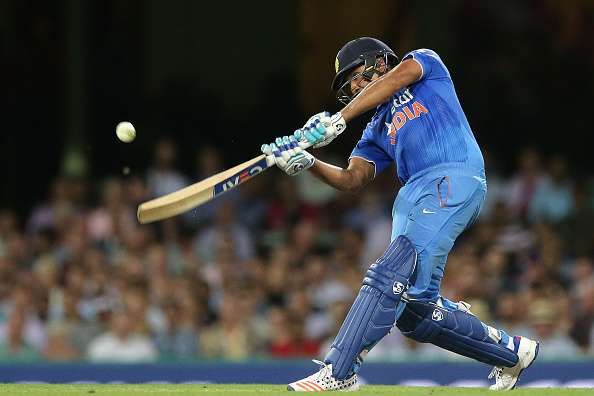
Early Test Days and South Africa tour
He had a terrific debut against the West Indies scoring a magnificent 177 and following it up with another hundred in his home ground, Mumbai, in the next Test. His ODI form seemed to have transgressed into his Test match batting.
But the tour of South Africa brought back memories of his familiar woes with the swinging ball. In the first Test in Johannesburg, Kohli and Pujara had built a decent platform with some sensible batting, but Rohit was found wanting and kept missing balls outside the off-stump, the kind which should have been left well alone.
Eventually he drove at a Philander delivery and nicked through to the keeper for 14. In the second innings he was undone by a ball that kept low after he had made just 6.
The real failure came in the second Test at Durban. The first innings golden duck was a notable one and famous for his leave of a Dale Steyn delivery directed at the middle stump.
It exposed a mental aspect of Rohit's Test match batting. He was forcefully trying to leave balls that were not there to be left and playing at balls that were meant to be left alone. He showed more patience in his second innings but failed to keep a jagging ball from Philander off his pads and was struck in front for 25, thus ending a disappointing tour.
The tour of New Zealand
Early 2014 saw India tour New Zealand, and at Auckland in the first Test, Sharma walked in with the side in trouble at 10/3, facing a huge deficit of 493. He stayed unbeaten at the end of the day and India's hopes rested on him.
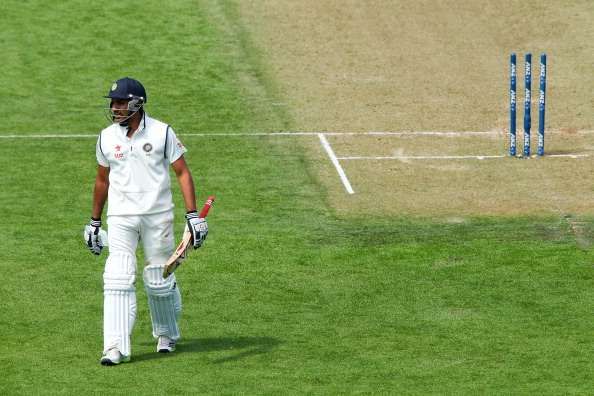
He made a fighting 72 before his signature drive away from the body brought his downfall. He inside edged Boult onto his stumps for 72. In the second innings, he could not again deal with the swinging ball and edged behind for 14.
In Wellington, he batted just once and scored 38 before the uncontrollable drive saw him inside edging onto his stumps.
Lost in ODI mode
He played just one Test in the tour to England and a horrible loft off Moeen Ali that ended in the hands of mid-off showed he was still in one day mode. The second innings was no better as he edged a wide ball to the keeper.
The issue with his mind set and inability to play the swinging ball was for everyone to see. He was duly dropped for the 4th and 5th Test.
He played three Tests in Australia but his troubles outside the off-stump persisted. In the second Test in Brisbane, he was out wafting away from the body in both innings for 32 and 0 respectively. Kohli pushed him up to no. 3 under his captaincy and his confidence seemed to have improved a touch as he made a half century at Sydney.
He batted just once in Bangladesh and made 6. Though by the Sri Lankan series, Kohli had made him his favoured no.3 ahead of Pujara, his numbers were hardly showing an improvement. He ended the series with scores of 9, 4, 79, 34, 26 and 50. The numbers did not stand out, yet they were not exactly poor either.
But his inability to control his innings and temptation to play at balls wide outside off-stump made him an easy candidate for a catch behind the wicket with minimal swing.
Poor home series and The Pujara-Rohit debate
The South African series at home was a big failure for Rohit again as he made just 26 runs in four outings to the crease.
His horror outing prompted the selectors to bring back Pujara into the team for Windies, but they persisted with Rohit after the first two Tests in West Indies, without success.
Rohit Sharma has become a point of discussion when India play Test matches as much as Shikhar Dhawan's spot is discussed. While Lokesh Rahul is all set to take over from Dhawan, the Pujara and Rohit tussle for the no.3 spot isn’t solved yet.
Pujara is undoubtedly the better Test player, but Rohit's talent seems to be helping him be in the team, despite unimpressive numbers.
He averages 32.62 with the bat in 18 Tests. Pujara, meanwhile, averages 46.83 with seven hundreds. He has also scored hundreds on difficult pitches against good bowling attacks. Though, under Kohli, Rohit has been the preferred option, due to his ability to play attacking cricket around the more stable Kohli and Rahane, his lack of runs is bound to be a problem.
Pujara, on the other hand, is in terrific nick with a double hundred last week in Domestic cricket.
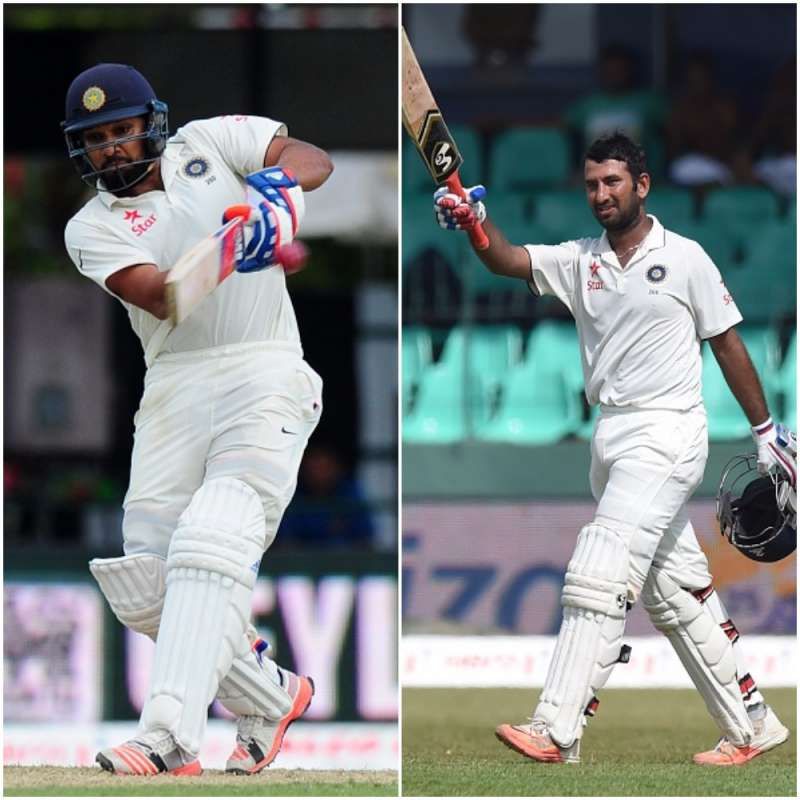
Kohli's preference to play five bowlers in Tests also does not stand Rohit in a good position. With five bowlers, the open slots in batting is reduced and this means only one of Pujara and Rohit is likely to figure. His laziness at the wicket, the lack of feet movement and his inability to remain patient stands against him.
Against a strong New Zealand bowling attack, with quicks capable of generating swing through the air – Boult, Henry and Wagner, Rohit's vulnerabilities could easily be exposed.
Stalwart VVS Laxman's words sum up Rohit's Test cricket batting, "Rohit has to get his gameplan right in Tests. You can see in ODIs or T20s, his consistency has a lot to do with the conviction with which he approaches each innings. He lacks that belief in the longer format. Given a choice, I would select Pujara. The number of runs he has made in the Duleep Trophy (453 runs in 3 innings at an average of 226.5) has made his inclusion a certainty. He is the perfect candidate to slot in at No. 3."
Last straw?
There is no doubt that Rohit needs to catch up in Test cricket. His talent is beyond question, but it is performances that matter and should speak for itself.
If he fails to turn it around in Tests, he is in danger of becoming another Michael Bevan or Jonty Rhodes, two other famous limited overs players who could not quite get going in Tests.